Watch Jean Prouvé’s Maison Metropole being rebuilt live, from 21 March
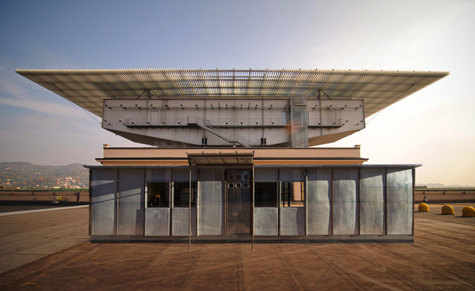
Maison Metropole, Jean Prouvé's masterpiece of pop-up, nomadic housing was originally built for a competition held by France's Ministry of Education in 1949. The brief? Create a mass-producible rural school with classroom and teacher accommodation.
Having already patented their 'portico principle' a decade earlier, the Ateliers Jean Prouvé won the contest with flying colors. The school has already enjoyed quite a bit of post-modern cheerleading but the teacher's house, originally constructed in Vantoux in 1948 and then fading into obscurity, will be mounted for the very first time on the roof of Turin's Lingotto rail track this week.
Starting at 3pm (GMT+1) on 21 March, Wallpaper.com will live stream every minute of the reconstruction, as four people build the 8x12 meter house over a three-day period, proving just how practical Prouvé's intelligent architecture can be.
Here to explain the background of this live action build and why the house remains a modern object of acclaim today is major Prouvé collector Patrick Seguin. Since the 1980s, he and his wife Laurence have amassed over 100 pieces of Prouvé furniture, most of which they live with. Forty pieces from this private collection, including a rare armchair designed for the University dormitory of Nancy in 1932, and a light armchair created for the University of Antony in 1954, will go on view at Turin's esteemed Pinacoteca Giovanni e Marella Agnelli from 6 April.
It's no coincidence that you are showing Prouvé's furniture designs together with his architecture. Tell us why.
Believing that 'in their construction, there is no difference between a piece of furniture and a house', Prouvé developed a 'constructional philosophy' based on functionality and rational fabrication. Answers found in one field are transposed to the other. Free of all artifice, the inner beauty of his works is a consequence of the perfect match of form and function.
Is the Maison Metropole a good example of Prouvé's design oeuvre?
It perfectly illustrates his research on demountable architecture and nomadic housing. The goal was to produce innovative and affordable architecture. He was a pioneer in the mass production of buildings.
Was Prouvé's fascination with nomadic homes rooted in a social/political agenda or purely architectural?
In his view, mass production was more than just a quick way of coping with an emergency: it also embodied a determination to guarantee quality, shape and a new aesthetic. The Metropol House was an ideal answer to economical, ecological and social housing issues but it did not encounter the success it deserved.
How many of these houses were actually produced back in the 1950s?
Fifteen examples of the Métropole House were built, mainly as part of the 'Sans Souci' housing estate at Meudon-la-Forêt.
Tell us about the construction process. Could an average home-owner construct it today?
Prouvé's architecture is meant to be easily built. Indeed, all of the elements are prefabricated and can be assembled on site with only basic tools ; a ladder, a screwdriver, a hammer. From there, anyone could build such a house.
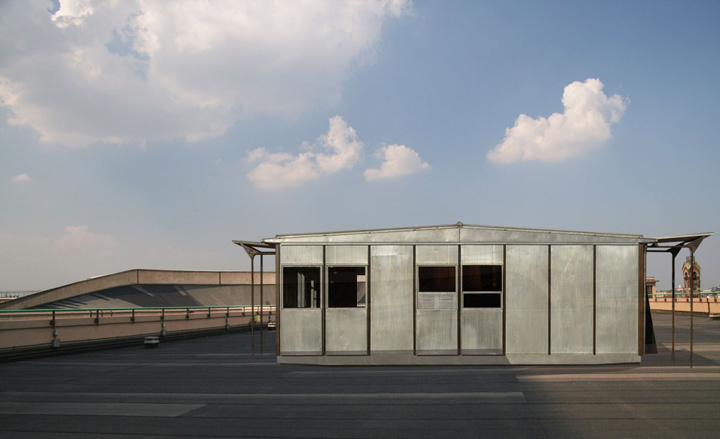
The Metropole house was designed as a mass-producible rural school with classroom and teacher accommodation. Two of the structures were built: one in Vantoux in Moselle and the other in Bouqueval, near Paris. The building being reconstructed in Turin is the teachers' house (pictured), originally built in Vantoux. Collection Laurence and Patrick Seguin,
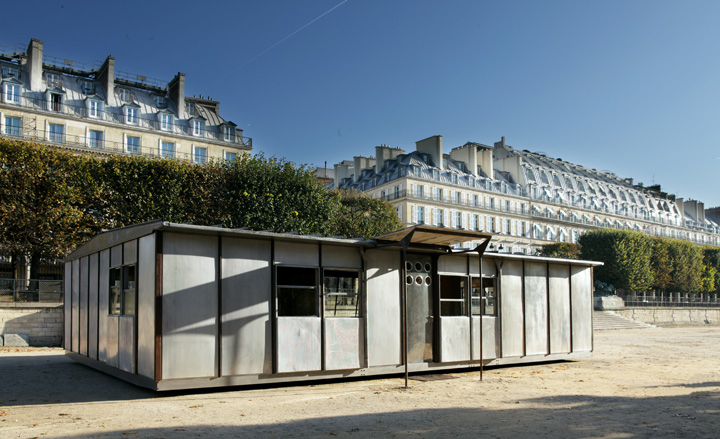
The school house structure was reconstructed in 2011 by Galerie Patrick Seguin in Paris' Jardin des Tuileries. Collection Laurence and Patrick Seguin,
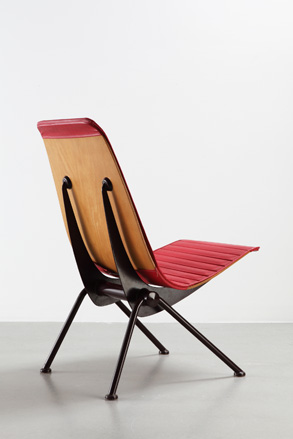
The Metropole House is part of a vast collection of Prouvé works owned by gallerist Patrick Seguin and his wife Laurence. Forty pieces from their private collection - including this 'Antony' lightweight chair, designed in 1955 - will go on view at Turin's esteemed Pinacoteca Giovanni e Marella Agnelli from 6 April. Collection Laurence and Patrick Seguin,
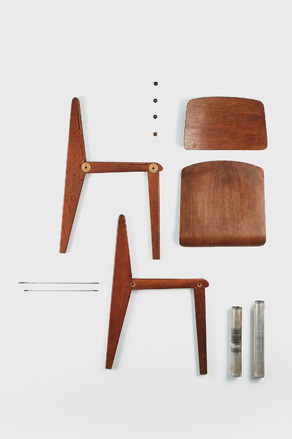
Demountable wooden chair CB 22, 1947. Collection Laurence and Patrick Seguin,
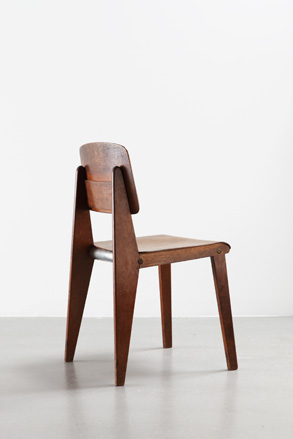
Demountable wooden chair CB 22, 1947. Collection Laurence and Patrick Seguin,
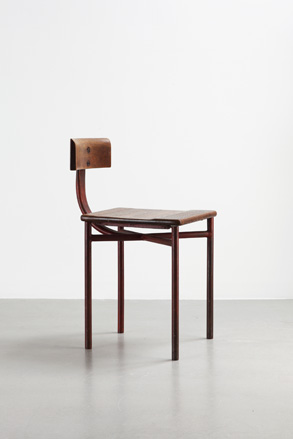
'Cité' chair, 1932. Collection Laurence and Patrick Seguin,
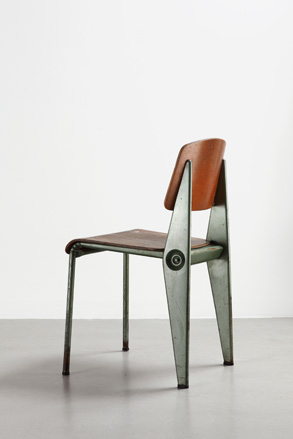
'Cafétéria N°300' demountable chair, ca.1950. Collection Laurence and Patrick Seguin,
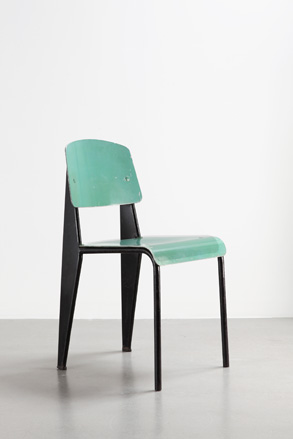
'Métropole No 305' chair, version with seat and backrest in aluminum, ca. 1953. Collection Laurence and Patrick Seguin,
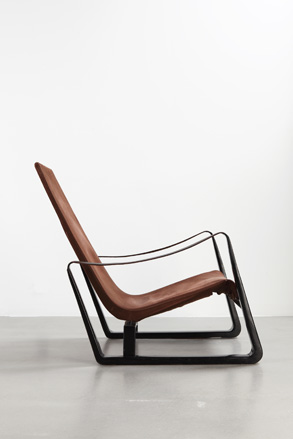
'Cité' armchair, ca.1933. Collection Laurence and Patrick Seguin,
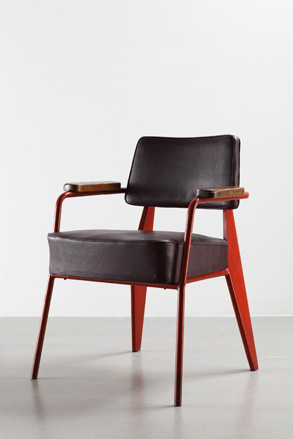
'Direction N° 352' office chair, 1951. Collection Laurence and Patrick Seguin,
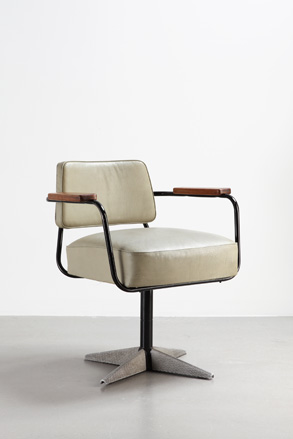
'Direction No 353' swiveling office chair, 1951. Collection Laurence and Patrick Seguin
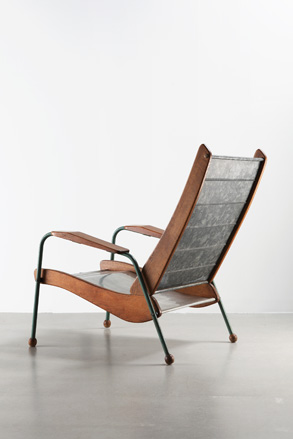
Colonial-type armchair N° 352, variation, ca.1952. Collection Laurence and Patrick Seguin,
ADDRESS
Pinacoteca Giovanni e Marella Agnelli
Via Nizza, 230
10126 Turin
Italy
Receive our daily digest of inspiration, escapism and design stories from around the world direct to your inbox.
JJ Martin
-
 A former agricultural building is transformed into a minimal rural home by Bindloss Dawes
A former agricultural building is transformed into a minimal rural home by Bindloss DawesZero-carbon design meets adaptive re-use in the Tractor Shed, a stripped-back house in a country village by Somerset architects Bindloss Dawes
-
 The Stuff That Surrounds You: Inside the home of designer Michael Anastassiades
The Stuff That Surrounds You: Inside the home of designer Michael AnastassiadesIn The Stuff That Surrounds You, Wallpaper* explores a life through objects. In this episode, we step inside one of the most considered homes we've ever seen, where Anastassiades test drives his own creations
-
 Why are Wayne Thiebaud’s paintings at the Courtauld so tempting?
Why are Wayne Thiebaud’s paintings at the Courtauld so tempting?The American artist’s thickly painted slices of cake at the Courtauld are some of our favourite artworks seen this year. What makes them so special?
-
 The Architecture Edit: Wallpaper’s houses of the month
The Architecture Edit: Wallpaper’s houses of the monthFrom wineries-turned-music studios to fire-resistant holiday homes, these are the properties that have most impressed the Wallpaper* editors this month
-
 This modernist home, designed by a disciple of Le Corbusier, is on the market
This modernist home, designed by a disciple of Le Corbusier, is on the marketAndré Wogenscky was a long-time collaborator and chief assistant of Le Corbusier; he built this home, a case study for post-war modernism, in 1957
-
 Louis Kahn, the modernist architect and the man behind the myth
Louis Kahn, the modernist architect and the man behind the mythWe chart the life and work of Louis Kahn, one of the 20th century’s most prominent modernists and a revered professional; yet his personal life meant he was also an architectural enigma
-
 The Architecture Edit: Wallpaper’s houses of the month
The Architecture Edit: Wallpaper’s houses of the monthFrom Malibu beach pads to cosy cabins blanketed in snow, Wallpaper* has featured some incredible homes this month. We profile our favourites below
-
 Three lesser-known Danish modernist houses track the country’s 20th-century architecture
Three lesser-known Danish modernist houses track the country’s 20th-century architectureWe visit three Danish modernist houses with writer, curator and architecture historian Adam Štěch, a delve into lower-profile examples of the country’s rich 20th-century legacy
-
 The Architecture Edit: Wallpaper’s houses of the month
The Architecture Edit: Wallpaper’s houses of the monthThis September, Wallpaper highlighted a striking mix of architecture – from iconic modernist homes newly up for sale to the dramatic transformation of a crumbling Scottish cottage. These are the projects that caught our eye
-
 Richard Neutra's Case Study House #20, an icon of Californian modernism, is for sale
Richard Neutra's Case Study House #20, an icon of Californian modernism, is for salePerched high up in the Pacific Palisades, a 1948 house designed by Richard Neutra for Dr Bailey is back on the market
-
 The best of California desert architecture, from midcentury gems to mirrored dwellings
The best of California desert architecture, from midcentury gems to mirrored dwellingsWhile architecture has long employed strategies to cool buildings in arid environments, California desert architecture developed its own distinct identity –giving rise, notably, to a wave of iconic midcentury designs